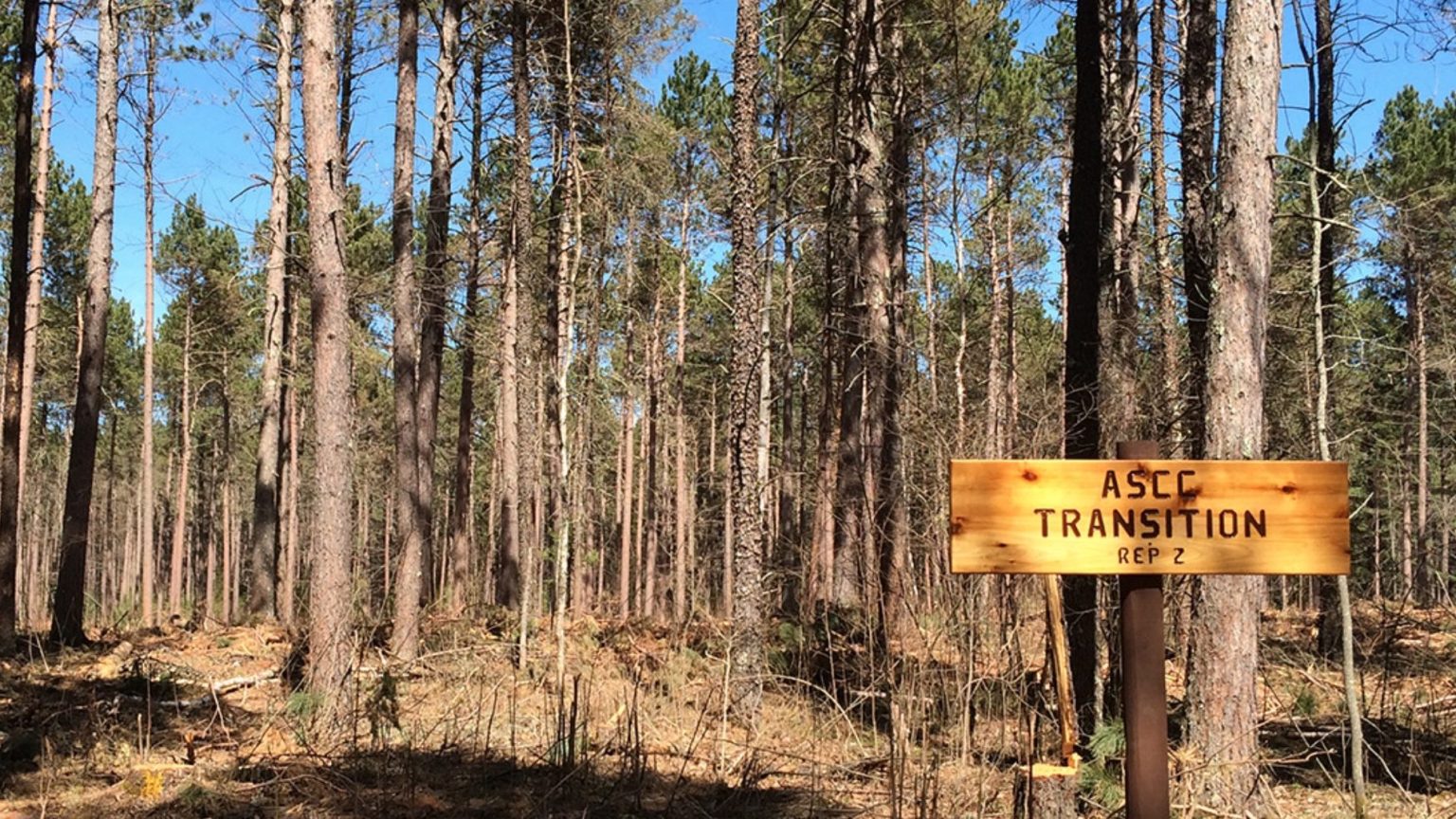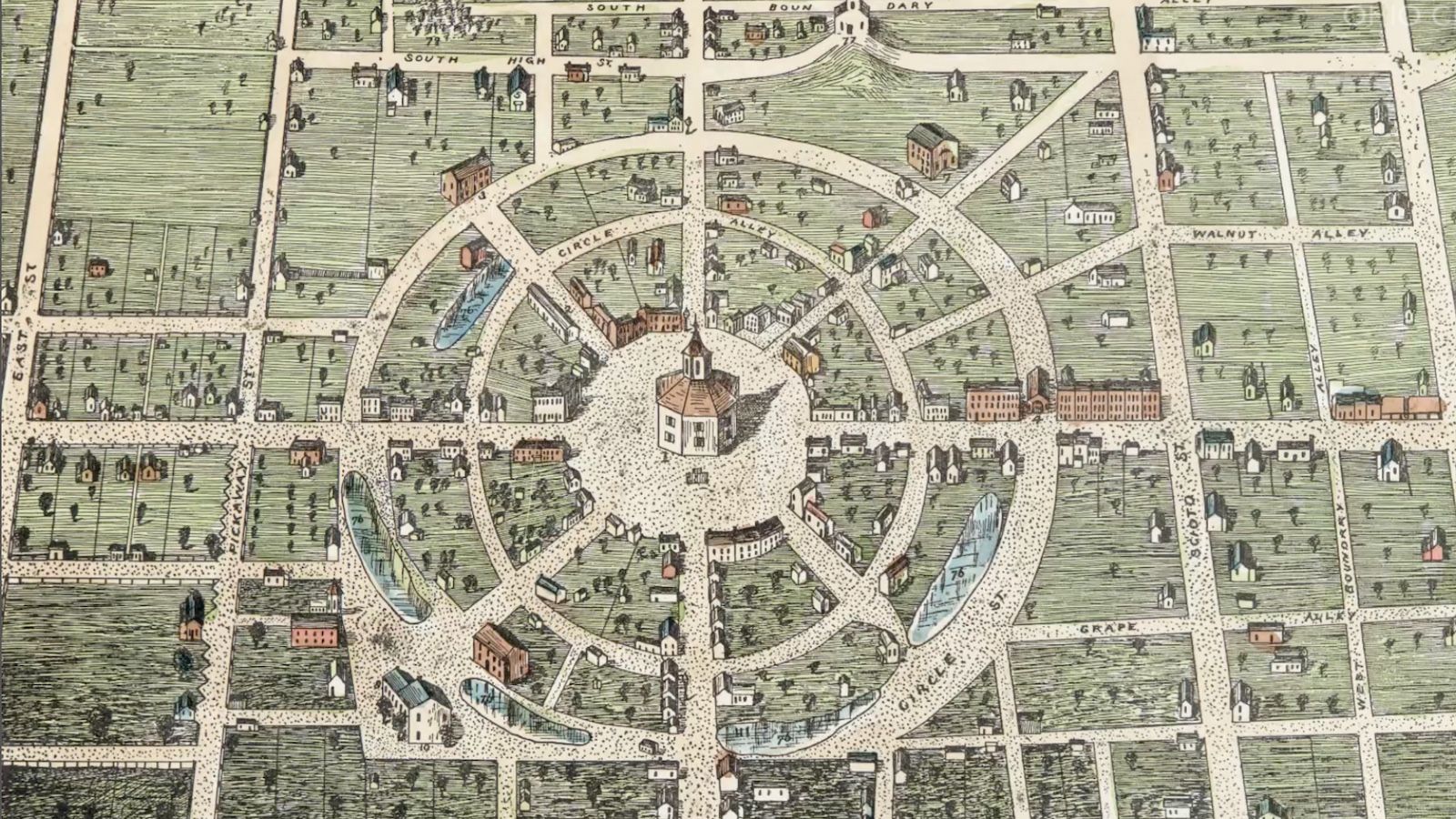Missing Link
Scientists have found a couple of 1.9-million-year-old skeletons in a South African cave that may be “a Rosetta Stone for defining for the first time what the genus Homo is.”
Sign up for The Nightcrawler Newsletter
A weekly collection of thought-provoking articles on tech, innovation, and long-term investing from Nightview Capital’s Eric Markowitz.
Scientists have found a couple of 1.9-million-year-old skeletons in a South African cave that fill in another clue from our primate past. Named australopithecus sediba, these skeletons have many features common to our genus, but also have extra-long forearms and flexible feet — characteristics that date from deep in our primate past. It is unclear whether the skeletons belong to a direct human ancestor, but the fossils provide insight into an unknown period. “We feel that A. sediba might be a Rosetta Stone for defining for the first time what the genus Homo is,” said paleontologist Lee Berger. “They’re going to be a remarkable window, a time machine.”




